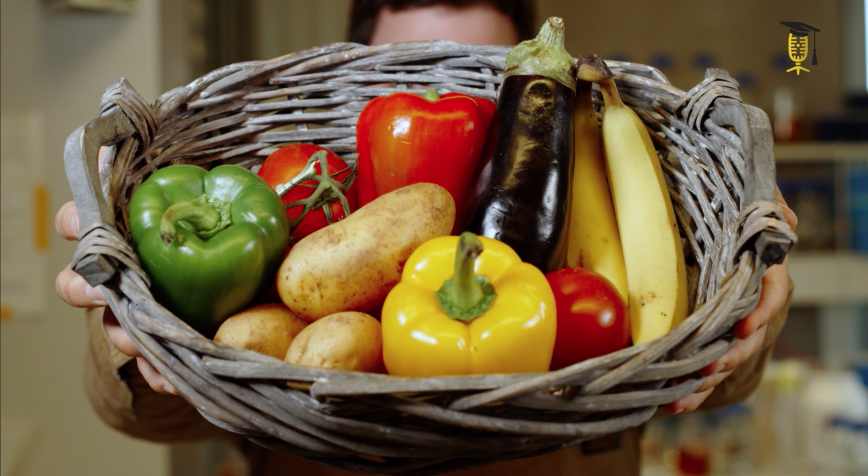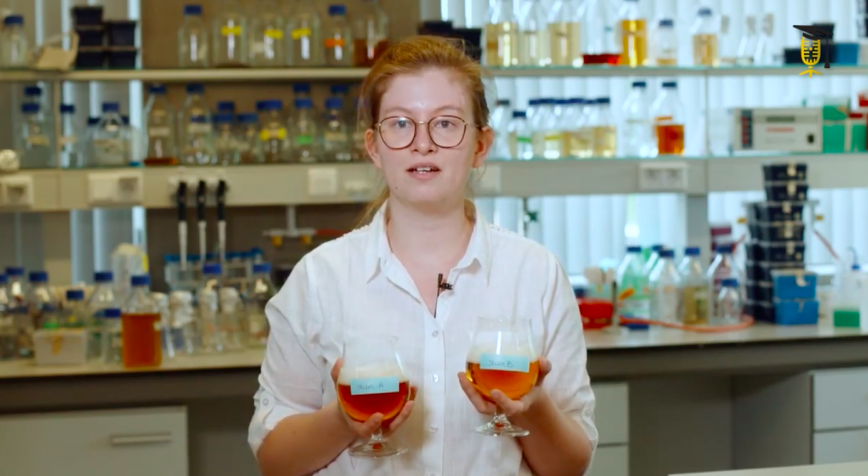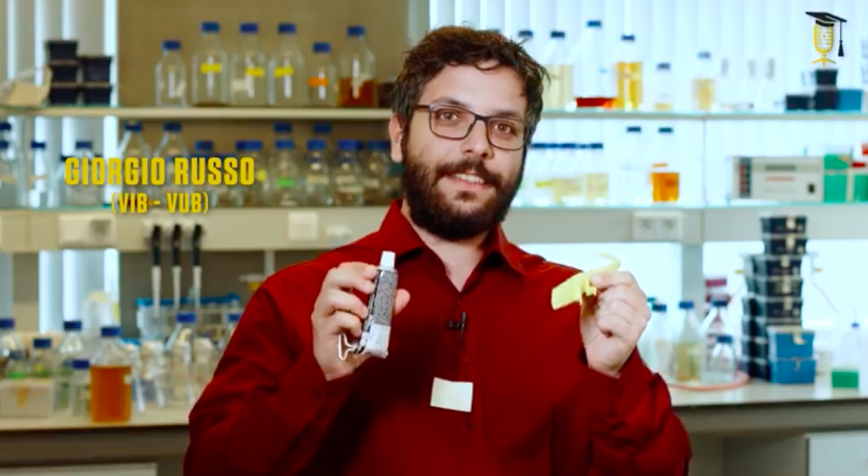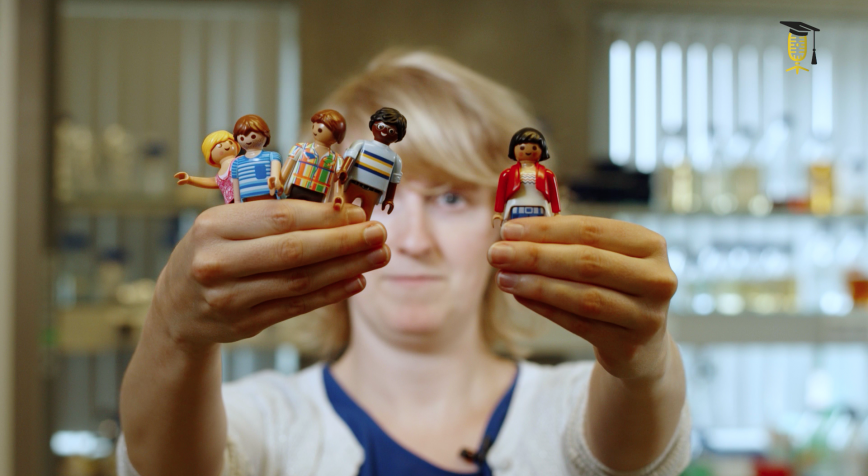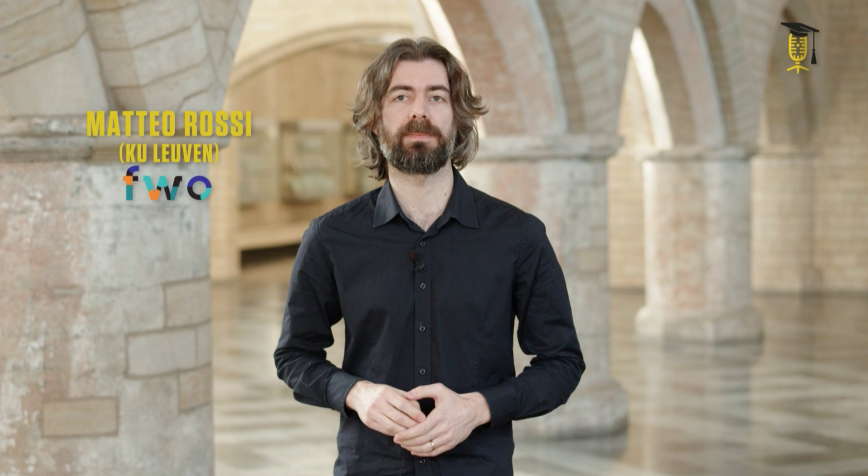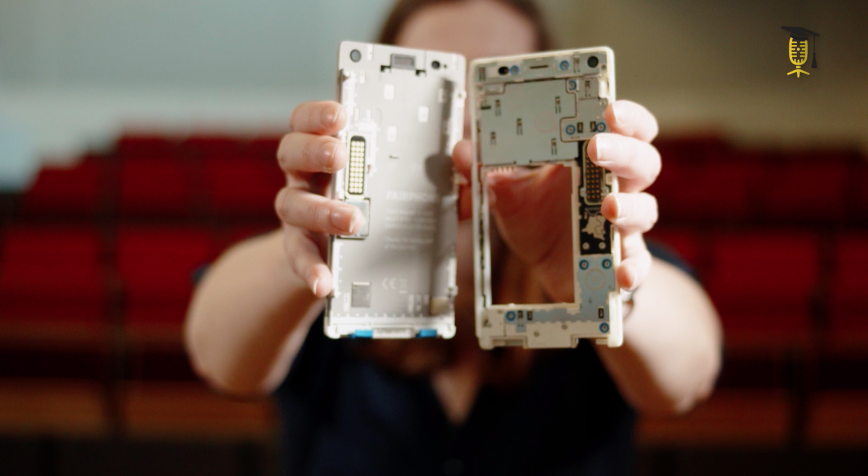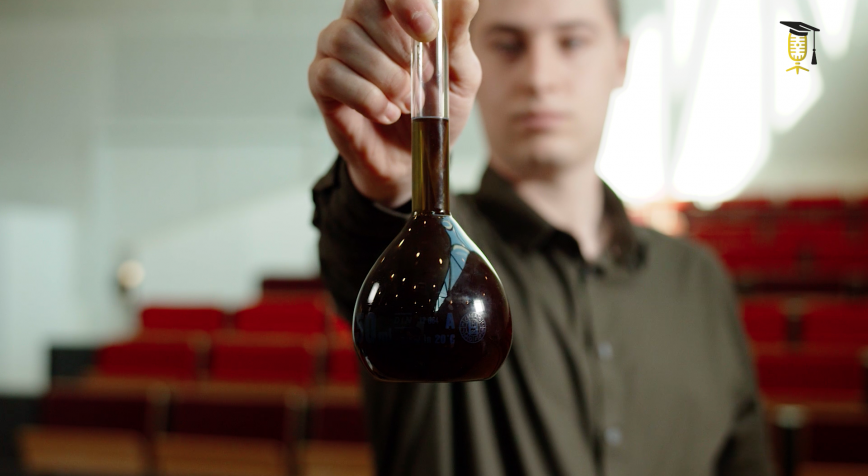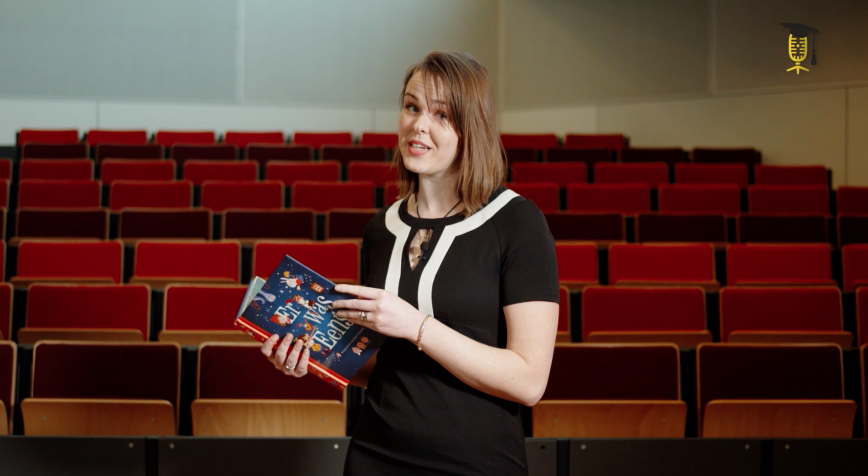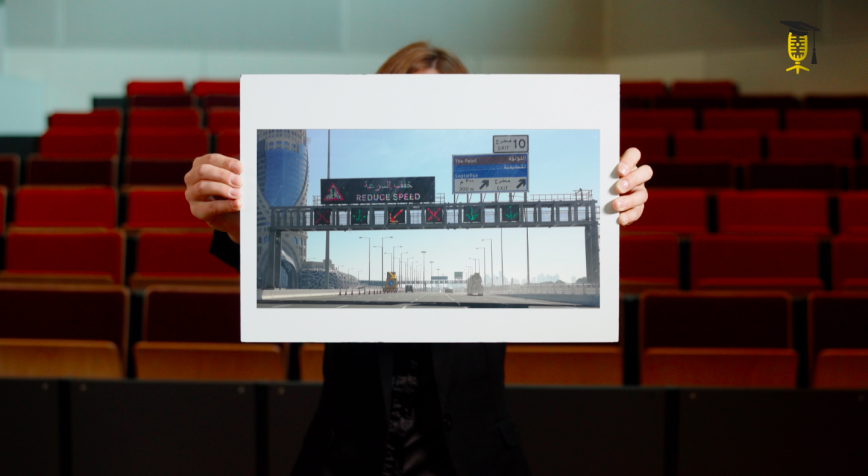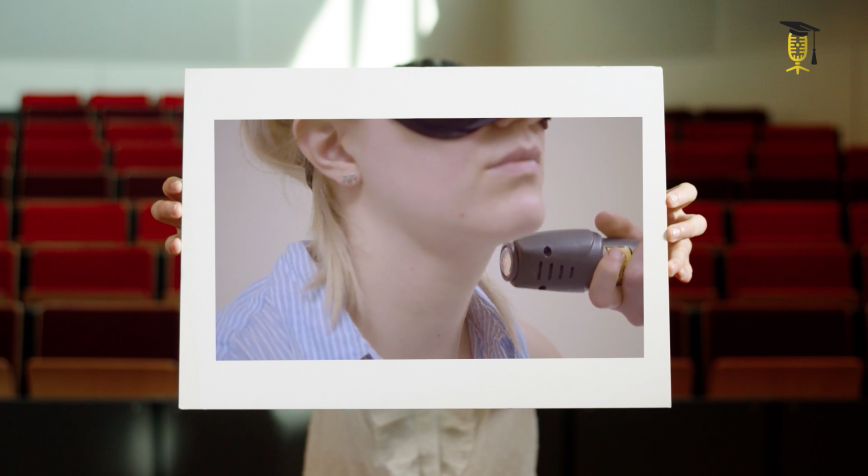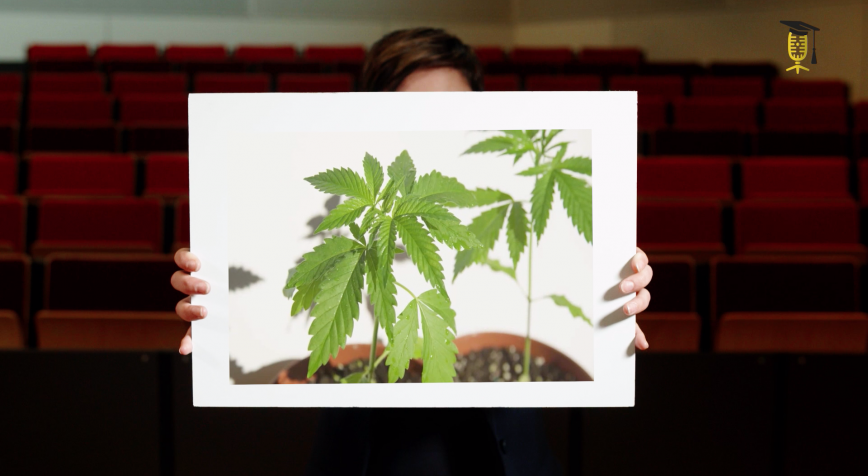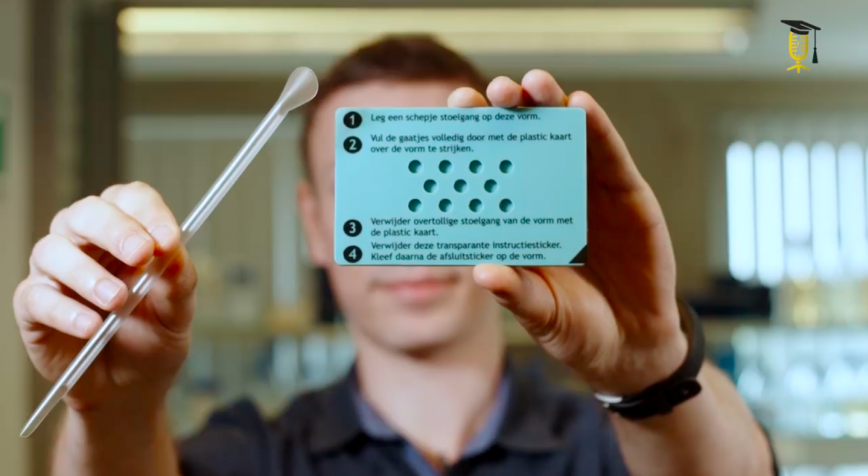
KU Leuven
VIB
Bytes and bacteria: software to explore the intestinal flora
What happens when you as thousands of Flemish people to send samples of their stools for scientific research? Well, you get this huge pile of... right, data. Sebastian Proost makes this data readily available to doctors and scientists so that they can acquire new insights from this data in an efficient manner.
